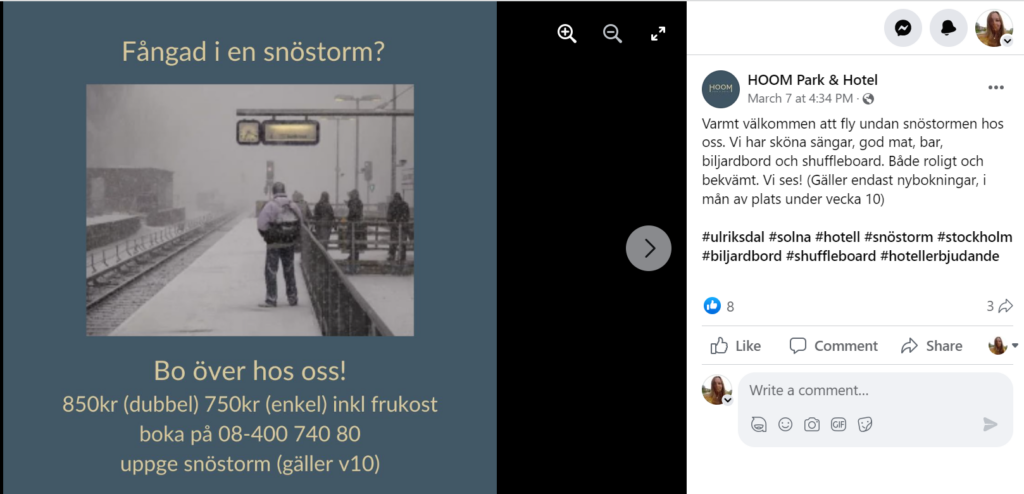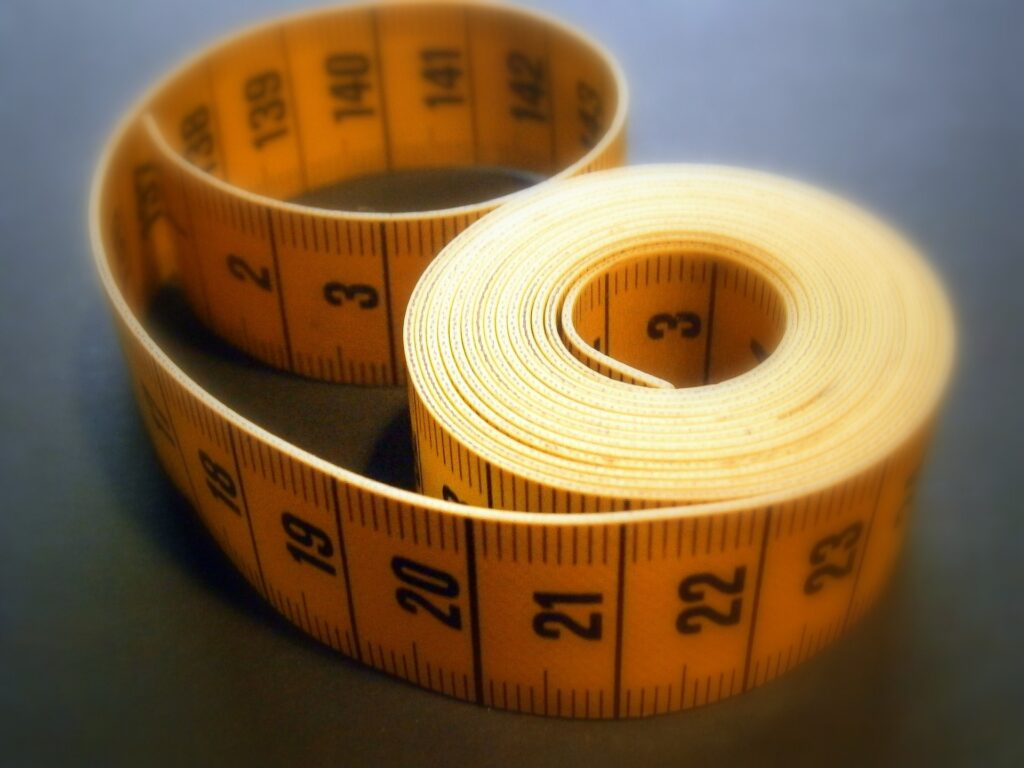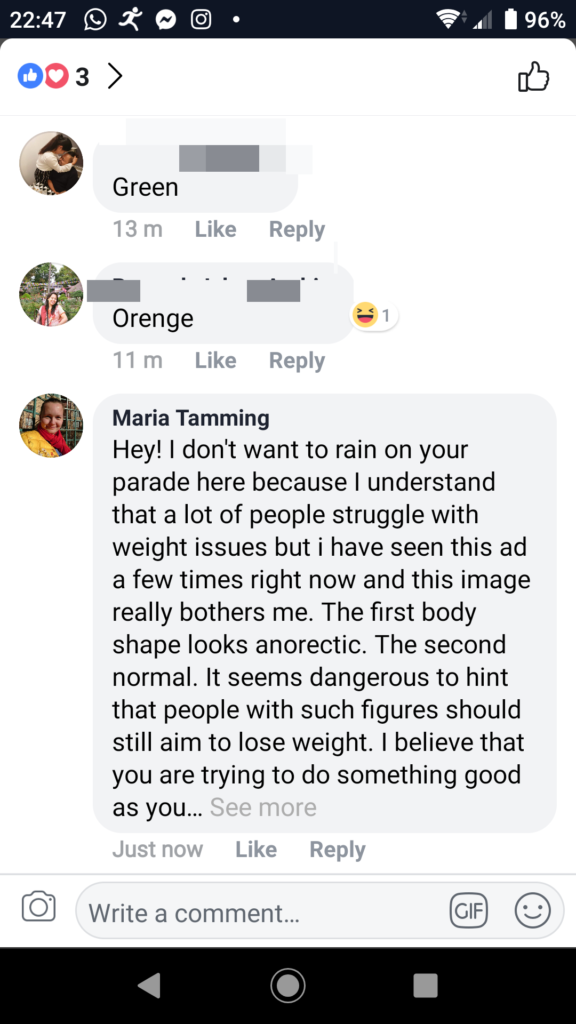I am sure that we have all been sometimes in situations when nature calls on a bad time. It’s a bit embarrassing but I think it shouldn’t be. It is normal and concerns us all. So why does it feel sometimes like no-one else cares about having comfortable public toilets available everywhere where people are?
Not too long ago I had a bit of an extreme toilet experience that made me think more about service design. Don’t worry, I won’t get into the TMI kind of details. All you need to know is that it was the morning rush hour and my body suddenly informed me that I will need to arrange an extra stop on my way.
I arrived at the newest transportation hub of Stockholm. I cannot even imagine how many thousands of people pass it daily. Thankfully they have a couple of paid toilets though it might be in their interest to offer a free service.
You would think that nowadays it should be so easy to just blip your bank card at a reader and continue with your business but in that place it was still a bit old school and I had to interact with a person to pay for toilet. Once payment was approved I was informed about which toilet I can use.
I must give them credit for the traffic light system of lamps above toilet doors which removes the discomfort of having to go super close to see whether a door is locked or even trying the handle. I guess we all have sometimes in a rush forgotten to lock the door or just gotten spooked by someone pressing down the handle. Anyway, all was smooth until this point still.
What surprised me first were the prison style metal toilets. I get that they have to endure a lot there but asking people to pay should reduce some of the risks of people trashing the place.
It looked like all the required elements were there – or at least had been once upon a time – the toilet, a place to wash hands and a dryer. Even hooks for hanging your things though those were long gone and now I was forced to leave my jacket on and put my purse to the floor of a very public toilet. Not ideal.
The saddest and funniest part however was the hand dryer that worked with some sort of sensors which reacted from quite far. While I was trying to use the toilet, the dryer kept loudly blowing hot air on me and overheating me because I also had to have my jacket on. It was just such a funny image of myself in that badly planned toilet.
I guess no-one really tested all the elements of that toilet together because the final result was ridiculous and I cannot believe I had to pay for that experience. Maybe an extra 10cm between the toilet and dryer would have solved it? I am thankful however that there was privacy and paper. Stockholm public transportation system doesn’t need more people peeing on their stairs and in their elevators. Not that I would have done that but I was running out of time too.
All this made me think further about feedback mechanisms for services. I didn’t really want to go talk to the poor guy working at the info station about my experience. I am sure that he was in no way in charge of more than just collecting money and unlocking the doors.
I thought however that it would be so easy to add into each toilet a big sign asking to report problems. The sign could be equipped with QR codes and spelled out links and I would use unique links for each toilet to reduce the mental load of customer who would need to figure out if they were now in toilet 1, 2 or 7. They could just quickly scan the code with their phone and leave their feedback on their way to next train even.
The feedback signs would lead to short questionnaires with pre-filled common options like “out of toilet paper”, “out of soap”, “please clean” and “something is broken” but also enable people to use free text to leave more specific feedback. No-one really wants to go ask for more toilet paper from another person but the next user would be grateful for someone taking a minute to leave this info anonymously and it would speed up problem solving as well as potentially help catch vandals.
What do you think? Have you been there or do you have worse experiences? Maybe one day I will tell you about some of my Indian toilet experiences too. Strange to think but designers should really be involved in toilet planning as well.






